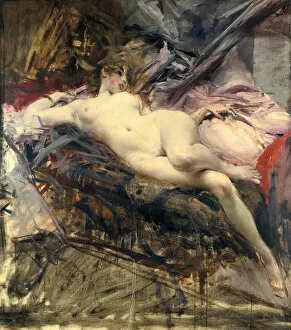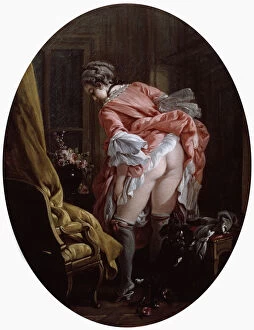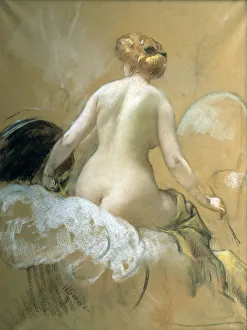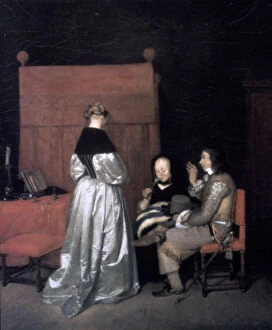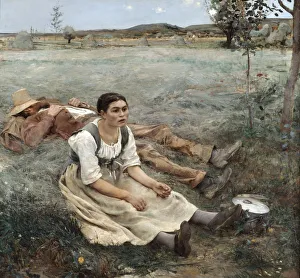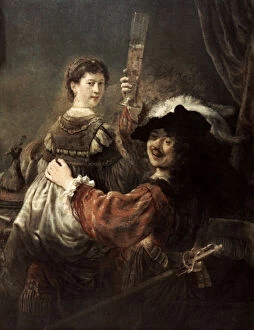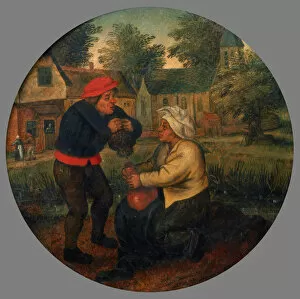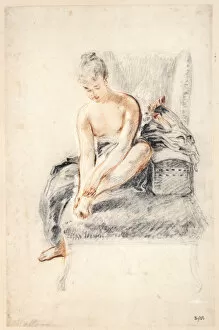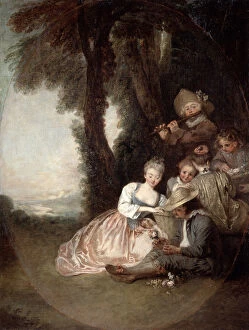Casualness Collection
"Casualness in Art: A Glimpse into the Unrestrained Beauty" In the realm of art, casualness takes center stage as a captivating and often provocative theme
All Professionally Made to Order for Quick Shipping
"Casualness in Art: A Glimpse into the Unrestrained Beauty" In the realm of art, casualness takes center stage as a captivating and often provocative theme. From reclining nudes to raised skirts, artists throughout history have explored this concept with remarkable finesse. Giovanni Boldini's "Reclining Nude" from the late 19th/early 20th century invites us to embrace the unapologetic ease of human form. Francois Boucher's "The Raised Skirt" from 1742 tantalizes our senses, teasing at societal norms while celebrating uninhibited freedom. Georges-Pierre Seurat's "Study for Une Baignade" (1883) captures a moment of leisurely delight amidst dappled sunlight, reminding us that even mundane activities can exude an air of nonchalance. Henri Gervex's unrealized ceiling mural for the Elysee Palace transports us to a world where elegance meets informality, offering a glimpse into what could have been an opulent display of relaxed grandeur. Gerard Terborch II's "Paternal Admonition" (1654-1655) portrays familial interactions with effortless grace, showcasing how they are coexist within intimate relationships. Cesare Dandini’s “Charity” from the 17th century exemplifies compassion through simple gestures and humble attire. "The Elegant, " an anonymous masterpiece from the 19th century, encapsulates refined nonchalance in its portrayal of sophistication without pretense. Jules Bastien-Lepage’s "The Haymakers" (1880) immortalizes laborers caught in candid moments during their arduous work - embracing sweat-stained brows and disheveled clothing as badges of honor. Rembrandt Harmensz van Rijn explores casualness through contrasting scenes.

